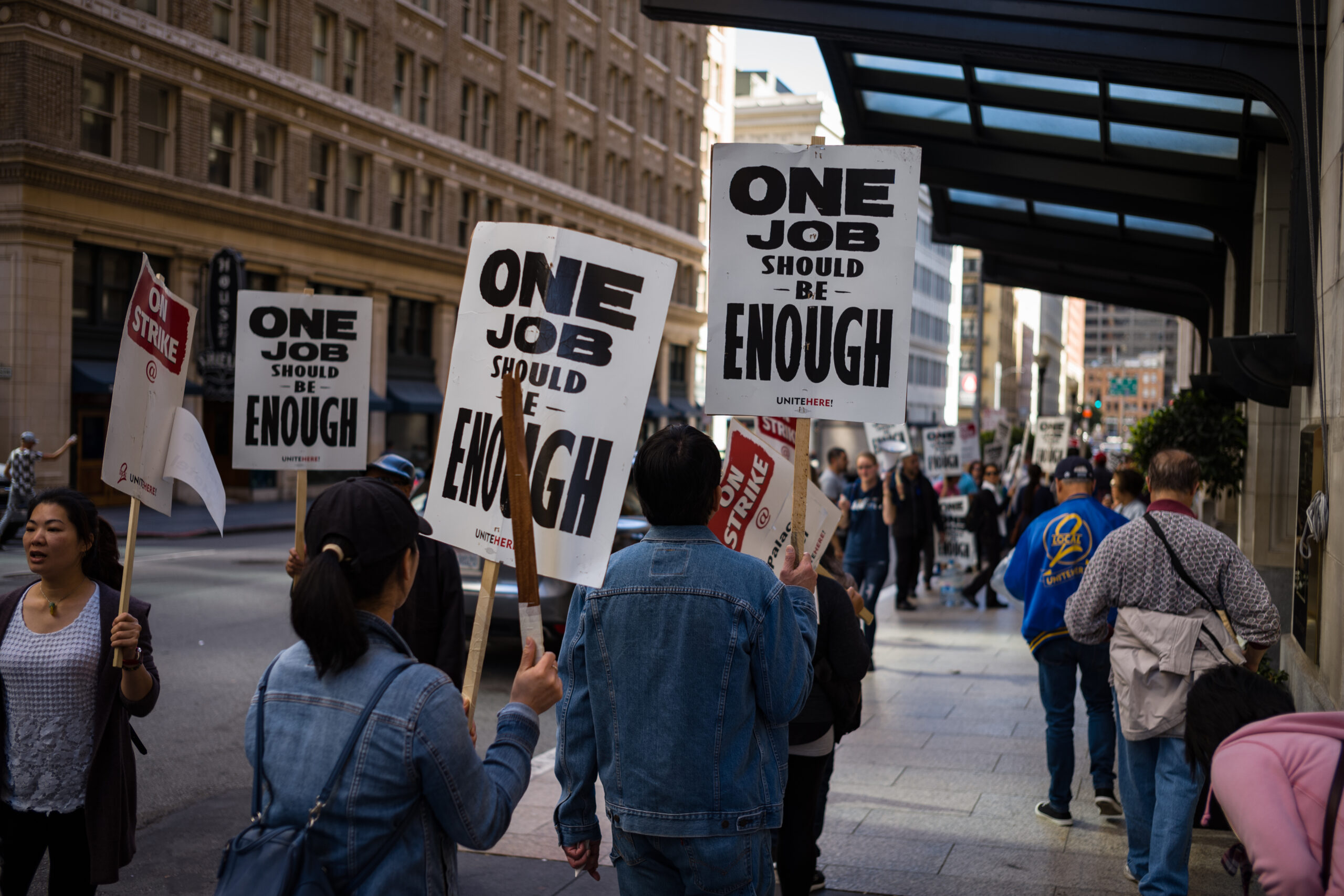Photo credit: Wikimedia Commons
Context:
Organized labor and trade unions create interconnected social networks that bridge diverse groups of people and aid in the mobilization for mass collective action.
In the News:
“In recent years, the West African country Burkina Faso turned heads when popular protests prevented then president Blaise Compaoré from discarding constitutional term limits and eventually forced him to resign. This entirely unexpected outcome raised important questions. How did this wave of public protests and the resulting civilian-led transition prevail over a longtime president and overcome a subsequent pro-Compaoré coup attempt to derail the progress the activists had achieved?”
Insight from Peace Science:
- Manufacturing enables the creation of interconnected social networks by bringing together groups of people with diverse backgrounds.
- An increase in manufacturing increases the likelihood of nonviolent resistance campaigns.
- As countries continue to modernize, social conflict is more likely to become nonviolent.
- Countries with a larger percentage of their GDP from the manufacturing industry are more likely to experience nonviolent conflict than violent conflict.
- Organized labor bridges social divides, allowing for mass mobilization and nonviolent collective action utilizing economically derived leverage as a means of social resistance
Economic sectors, such as manufacturing, can play an important role in building bridges within a society and encouraging grievances to be addressed through nonviolent means. Countries with the weakest economies are poised to benefit from this research the most. When this study looked at developing regions in Africa, even in poorer, more authoritarian states, the slightest increase in manufacturing translated into an increase in the likelihood of nonviolent resistance by roughly 15%, and a decrease in the likelihood of civil war onset.
References:
- “Popular Resistance to Authoritarian Consolidation in Burkina Faso” by Nina-Kathrin Wienkoop & Eloïse Bertrand for the Carnegie Endowment for International Peace. May 16, 2018.
- Peace Science Digest Volume 1, Issue 3 “Manufacturing Dissent: Modernization and the Surge of Nonviolent Resistance”.

